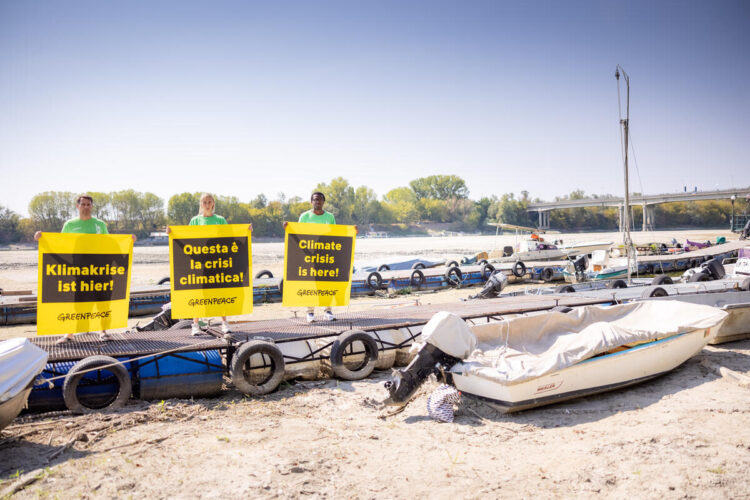2022 was the hottest year for Italy since 1800, that is, since systematic temperature measurements are available. This is what the data from the Institute of atmospheric sciences of the National Research Council (CNR), disclosed at the end of the year and reported by the media in December, tell us. The Italian media then, in the journalistic narrative, defined 2022 as “the hottest year ever”. Even at a global level, temperature measurements have confirmed the climatic anomaly, and highlighted how extreme heat waves, droughts and devastating floods have occurred, as documented by the United Nations World Meteorological Organization (WMO) and by Copernicus Climate Change Service (C3S) which described 2022 as the fifth warmest year on record.
And it is precisely in 2022 that the Osservatorio di Pavia began its collaboration with Greenpeace Italy to systematically monitor the coverage of the climate crisis in the Italian media.
During 2022, the Osservatorio di Pavia study examined, every four months, all the prime-time editions of the news and a sample of six analysis TV-programs on Rai, Mediaset and La7. The articles published by the five most popular newspapers were also analysed: Corriere della Sera, la Repubblica, Il Sole 24 Ore, Avvenire, La Stampa. The study on journalistic coverage of the climate crisis was accompanied by monitoring of the presence of advertising by energy companies, the automotive sector, airlines and cruise lines in the five newspapers. Finally, during the September 2022 electoral campaign, the analysis took into consideration the visibility of environmental issues in the statements of the main Italian political leaders.
The results for a year of analysis, included in a report just published and presented at the Perugia Journalism Festival, have often highlighted a superficial attention to the topic, which in many cases is mentioned but not explored. Th report also highlights how information has frequently forgotten to establish causes and consequences in the narrative of the crisis, and that in the same way it has not established links of responsibility. In addition to this, during the particularly dry and hot summer, the link between the climate crisis and the extreme weather events is often lost. By shifting the focus of the media to politicians, it was similarly seen how the issue was not high on their agenda, as one would have instead expected for an election in the middle of the summer season, in the ‘hottest year ever’.
These trends along with another set of monitoring data can be read in the annual report available here.
The collaboration of the Osservatorio di Pavia with Greenpeace, as well as the monitoring of the Italian media will also continue in 2023, as part of the “Stranger Green” campaign promoted by Greenpeace against greenwashing and misinformation on the climate crisis.
